 A great story of a city looking to – literally – take ownership of its energy future:
A great story of a city looking to – literally – take ownership of its energy future:
The Colorado Renewable Energy Standard, as amended last year by the state Legislature, requires Xcel Energy to get 30 percent of its electricity from renewable sources by 2020.
…Boulder leaders — who let the city’s 20-year franchise agreement with Xcel Energy lapse at the end of 2010 — are now considering whether they can get an energy mix for their residents with a larger percentage of renewable energy than what Xcel is offering.
…At the “Clean Energy Slam” event in February, which gave participants two minutes to pitch a vision for Boulder’s energy future, a representative of Southwest Generation told the crowd that he believed his company could provide Boulder with an energy mix of 50 percent renewables and 50 percent natural gas by 2014. And by 2025, the company could provide up to 80 percent renewable energy to the city, the representative, David Rhodes, said.
…Jonathan Koehn, the city’s regional sustainability coordinator, said adding more renewables is only part of the equation.
“We’ve heard a lot of concern that, perhaps, more clean energy is driving this analysis,” he said. “But this is about long-term economic stability. When we talk about what our portfolio might look like in the future, we don’t have a predetermined notion of a certain percentage of renewables. What we want is to be able to analyze how we can have long-term stable rates.”
It’s not just about clean energy and stable rates, however. The decision to eschew a utility franchise was also about localization, described on a city website as “taking more control in determining:
- Where the energy supply comes from – Locally produced
- What types of energy are provided – Renewables over fossil fuels
- How much we pay for it – Rate control
Local generation of renewable energy will add more to Boulder’s economy than importing clean electrons, and if those projects can also be locally owned (perhaps via a community solar project like the Clean Energy Collective is doing in Carbondale, CO) then the economic benefits multiply significantly.
Photo credit: Flickr user respres (photo is of Denver, not Boulder, but I wanted a sunrise…)
… Read More




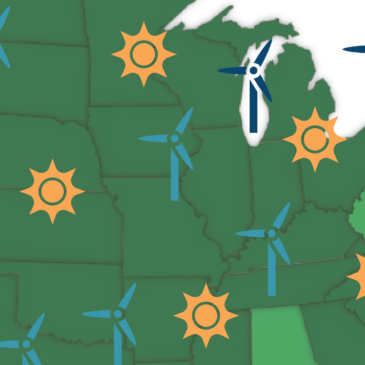
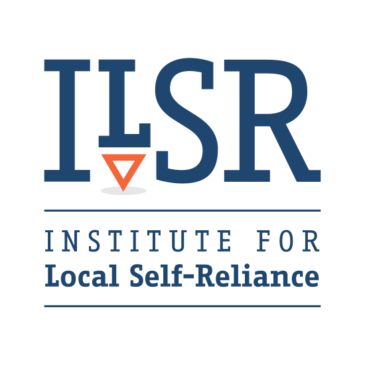
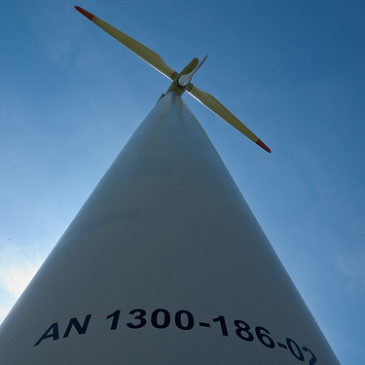
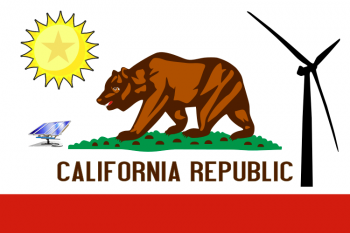 California has plenty of in-state development: “The California Independent System Operator indicates that renewable projects totaling 70,000 MW of installed capacity [nearly enough to meet all of the state’s peak summer demand] are seeking to connect to the CAISO-managed grid.”
California has plenty of in-state development: “The California Independent System Operator indicates that renewable projects totaling 70,000 MW of installed capacity [nearly enough to meet all of the state’s peak summer demand] are seeking to connect to the CAISO-managed grid.” A great story of a city looking to – literally – take ownership of its energy future:
A great story of a city looking to – literally – take ownership of its energy future: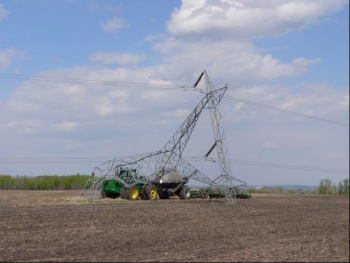 The large transmission authority serving the upper midwest – the Midwest Independent System Operator – has plans for new high-voltage transmission lines leading from windy states like the Dakotas to places like Michigan. The purpose is to bring renewable energy from big western wind farms to places East.
The large transmission authority serving the upper midwest – the Midwest Independent System Operator – has plans for new high-voltage transmission lines leading from windy states like the Dakotas to places like Michigan. The purpose is to bring renewable energy from big western wind farms to places East.